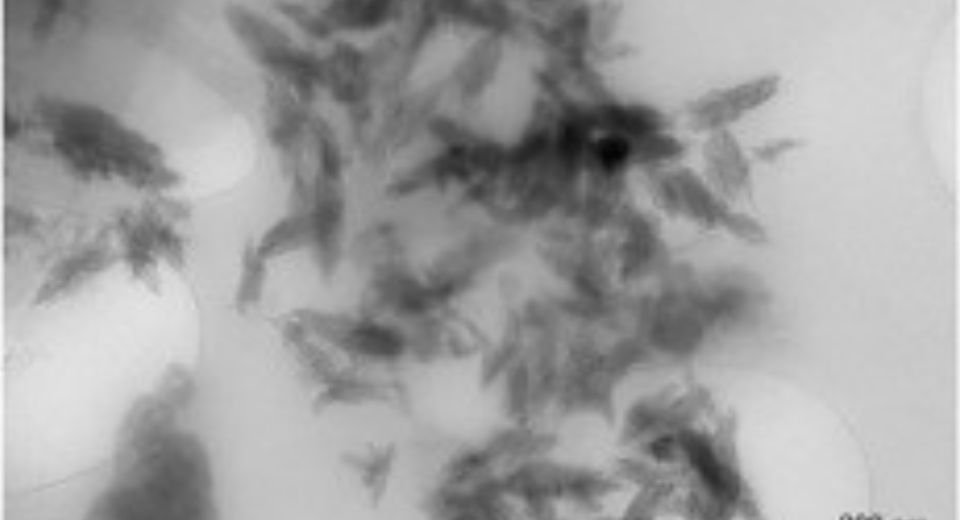HQ Team
August 24, 2024: Environmental micro and nanoplastics (MNPs) accumulate in the human brain and total mass concentrations have risen by more than 50% in the past eight years, a study reveals.
Led by Matthew Campen PhD, a team of scientists from the University of New Mexico and Oklahoma State University conducted a study: ‘Bioaccumulation of Microplastics in Decedent Human Brains Assessed by Pyrolysis Gas Chromatography-Mass Spectrometry (Py-GC/MS).’
They isolated and quantified the plastics from human samples and compared the accumulation in the kidneys, livers and brains of dead humans.
Fifty-one autopsy samples, collected from the Office of the Medical Investigator in Albuquerque, in the US state of New Mexico, in 2016 and 2024, were used for Py-GC/MS analysis of 12 polymers.
“Brains exhibited higher concentrations of MNPs than liver or kidney samples. All organs exhibited significant increases from 2016 to 2024,” the authors wrote in a preprint article, which is not peer-reviewed.
Polyethylene
Polyethylene, the most commonly produced plastic, was the predominant polymer and the relative proportion of polyethylene MNPs was greater in brain samples than in the liver or kidney.
Transmission electron microscopy verified the nanoscale nature of isolated particles, which largely appeared to be aged, shard-like plastic remnants across a wide range of sizes, according to the preprint.
The extent to which microplastics cause harm or toxicity is unclear, although recent studies associated MNP presence in carotid atheromas with increased inflammation and risk of future adverse cardiovascular events, they wrote.
“The mantra of the field of toxicology – “dose makes the poison” (Paracelsus) – renders such discoveries as easily anticipated. What is not clearly understood is the internal dose in humans.”
The brain samples, all derived from the frontal cortex — the region of the brain associated with thinking and reasoning — revealed substantially higher concentrations than the liver or kidney.
Mass concentration
Five brain samples from 2016 were analyzed independently by colleagues at Oklahoma State University, and those values were consistent with the New Mexico scientists’ findings.
The scientists postulated that the exponentially increasing environmental concentrations of MNPs “will analogously increase internal maximal concentrations, which is corroborated by our finding that total plastics mass concentration in brains increased over 50% in the past 8 years.”
The authors wrote that linking MNP concentration data to health outcomes in larger cohorts will require refinements to the technique, more complex study designs, and larger cohorts.
An increasing trend in MNP concentrations in the brain combined with exponentially rising environmental presence of microplastics, and increasing global rates of age-corrected Alzheimer’s disease and related dementia, add urgency to understanding the impacts of micro and nanoplastics on health, they wrote.
Single-use plastics
Plastics are found in the atmosphere, oceans, lakes and streams. The particles can become so small and light that they can attach to dust and move about in the atmosphere.
At every stage of the manufacturing process, from the extraction of oil and gas to making plastics to discarding them, toxic chemicals are released into the environment.
On average, single-use plastics are utilized for only 12 minutes before being discarded.
Although briefly used, those single-use plastics will persist in the environment for generations in landfills and waterways, breaking down and degrading over time ultimately becoming microplastics that do not disappear.
As they become smaller, they enter our food chain, said Claudia Pratesi, PhD, with the UNM College of Population Health, who has been studying plastics in the environment for the past decade. She was not involved in the study.
Human exposure to microplastics occurs through various pathways — ingestion of food and water that contain microplastics, inhalation of airborne particles, and dermal contact.
